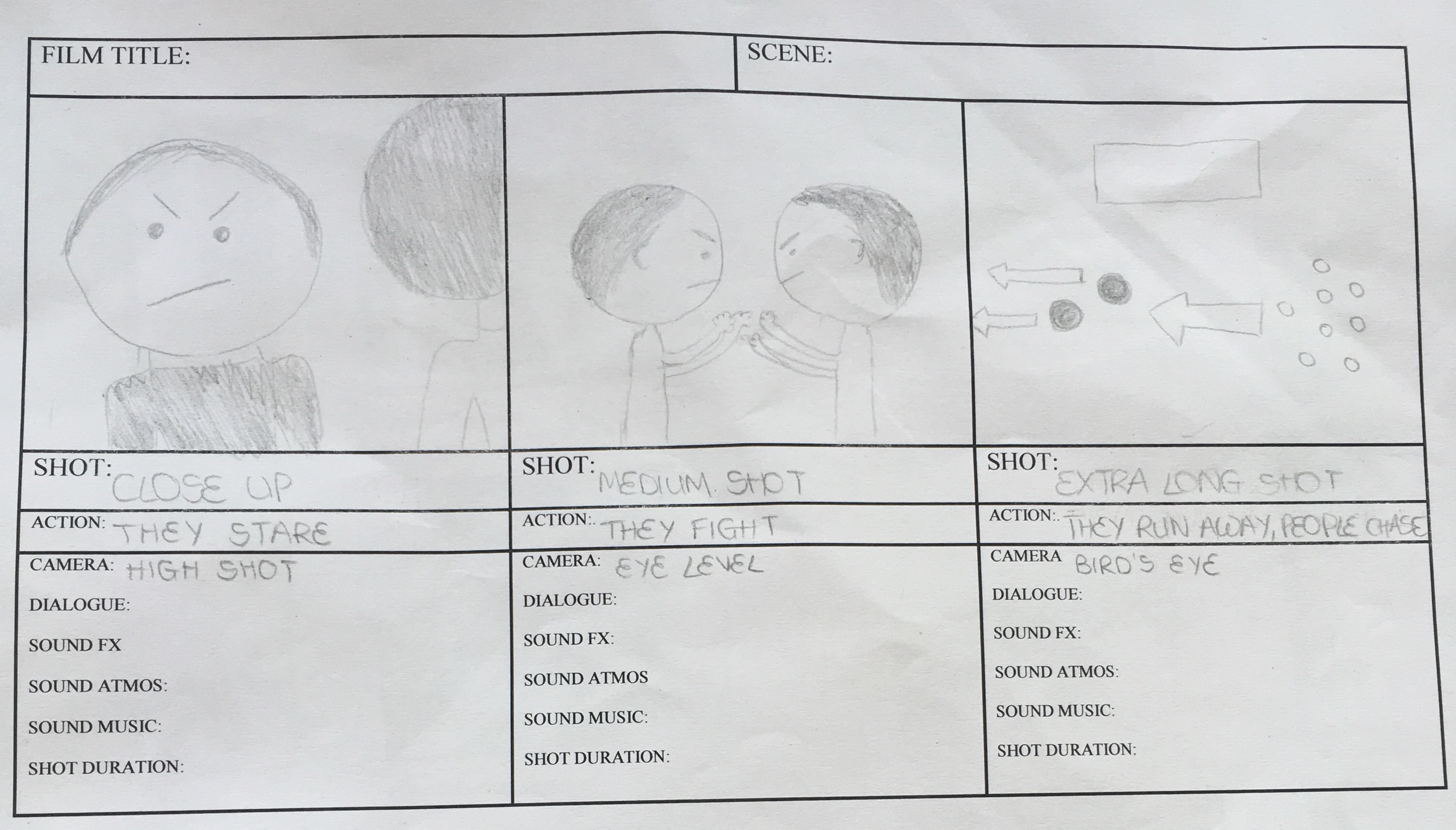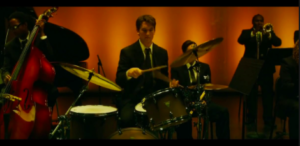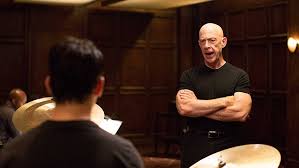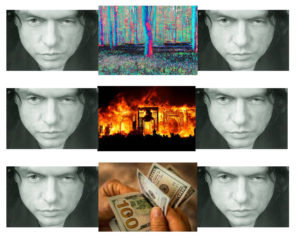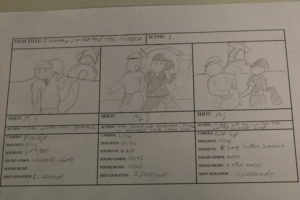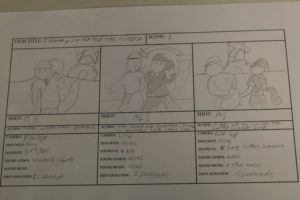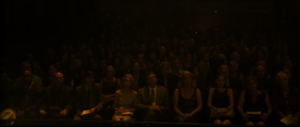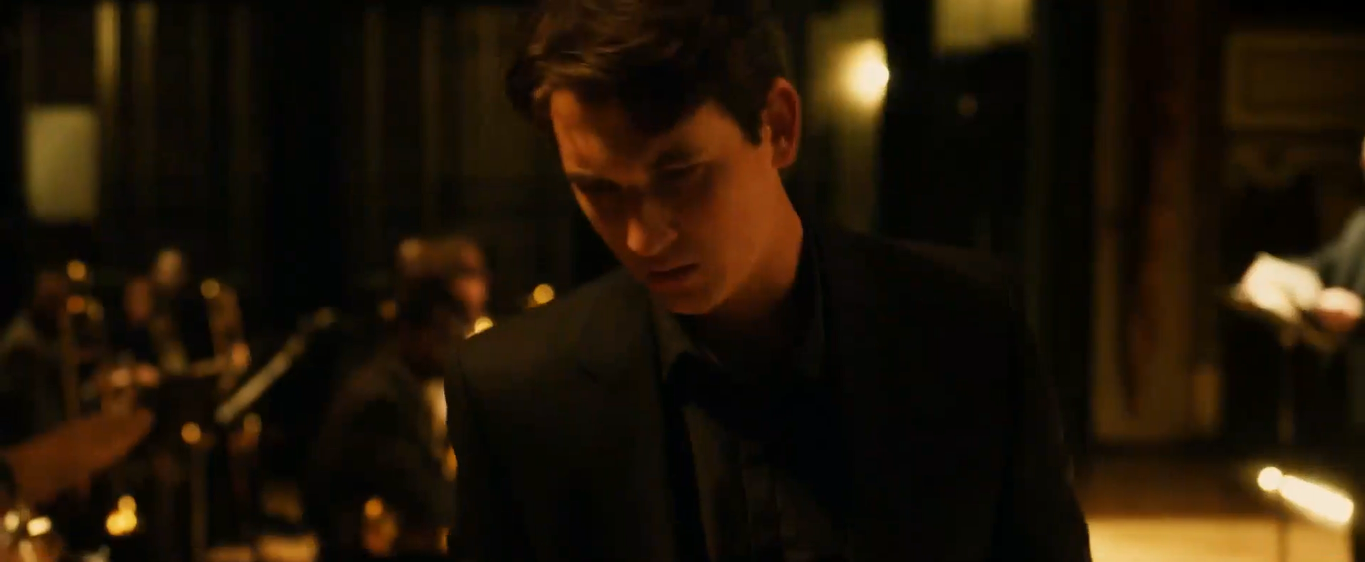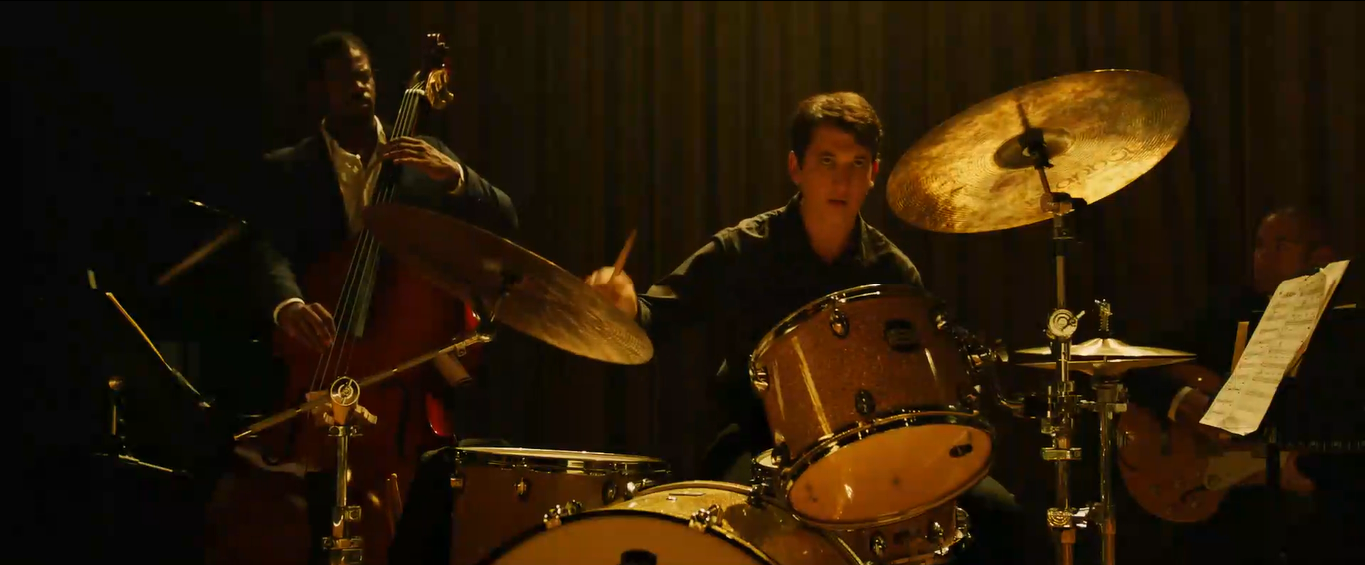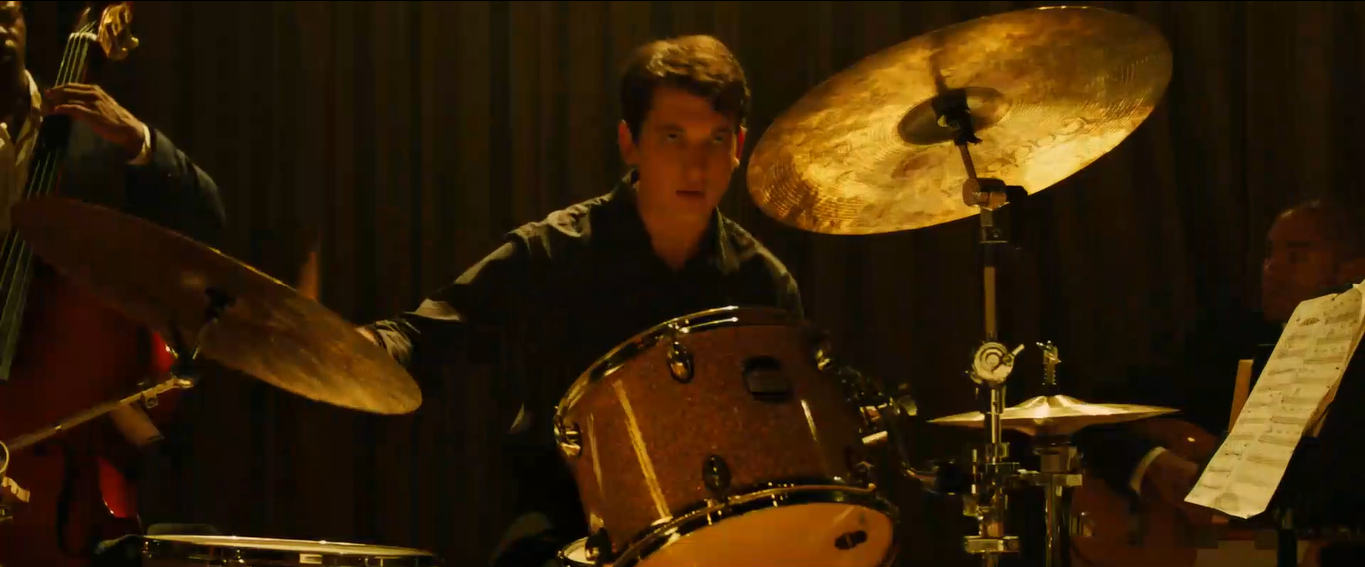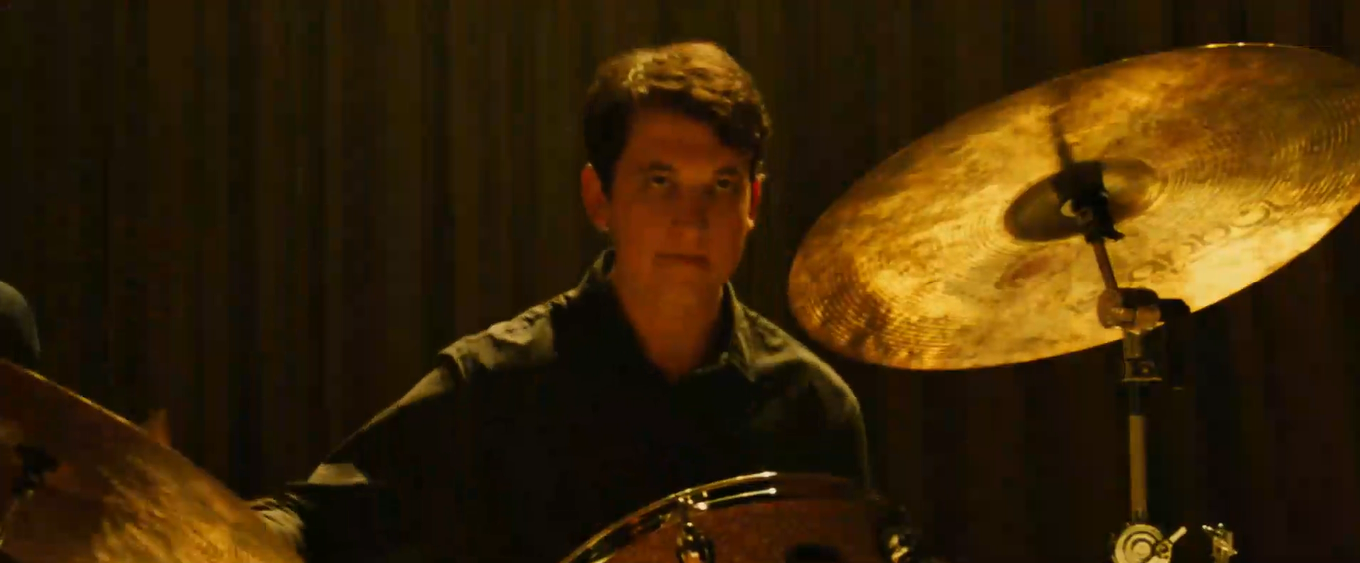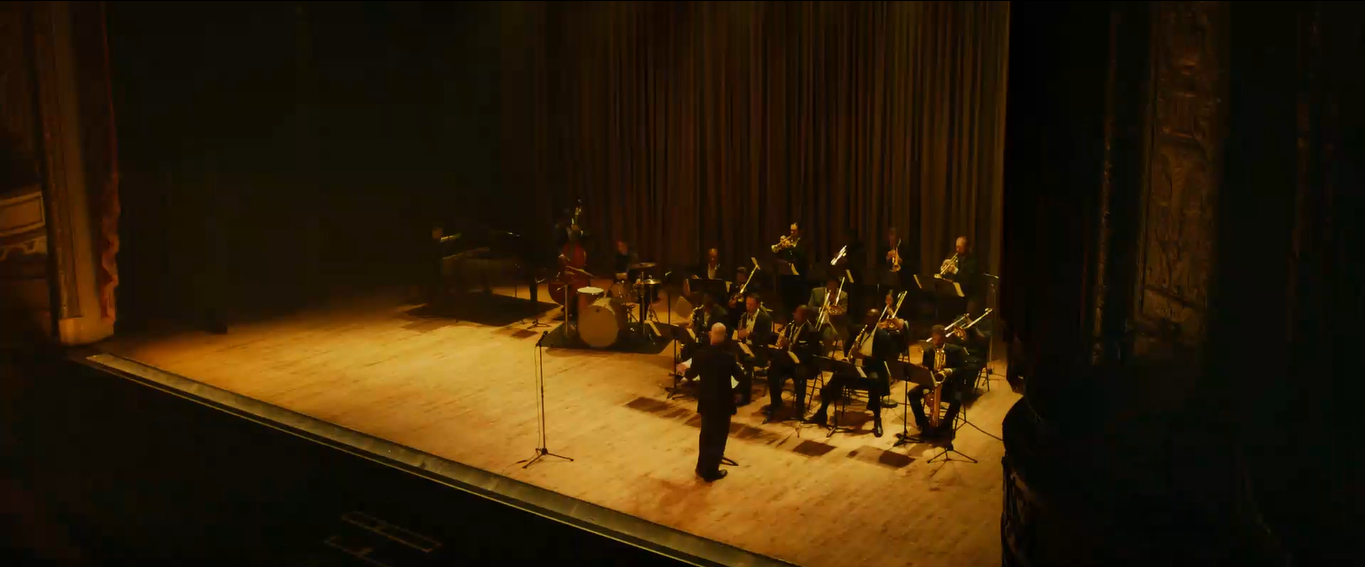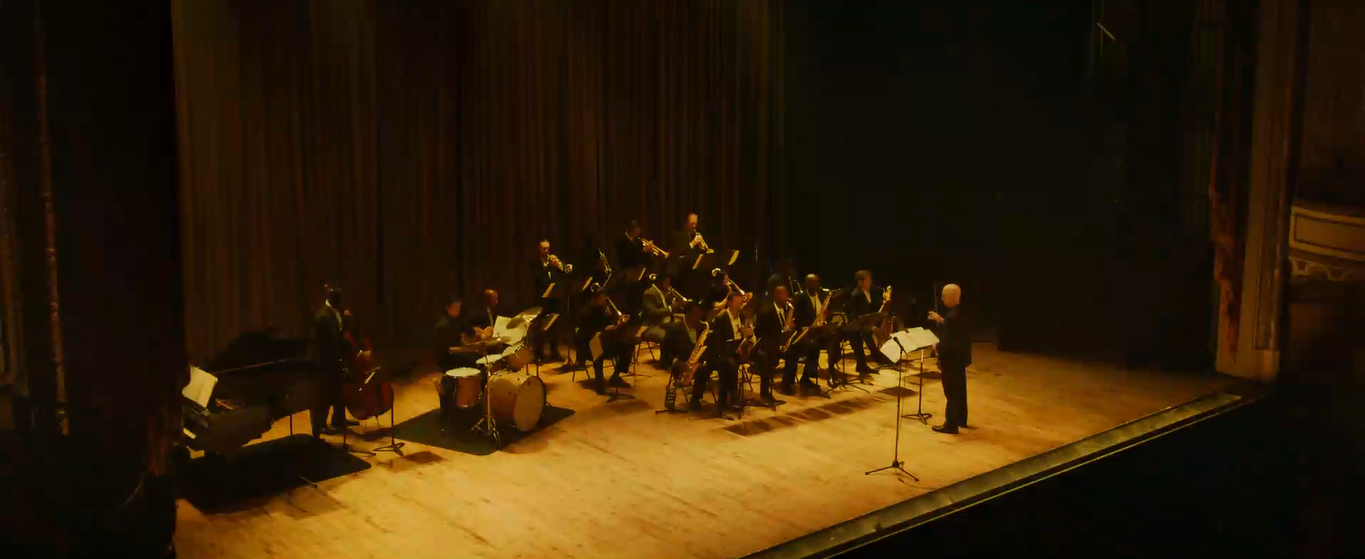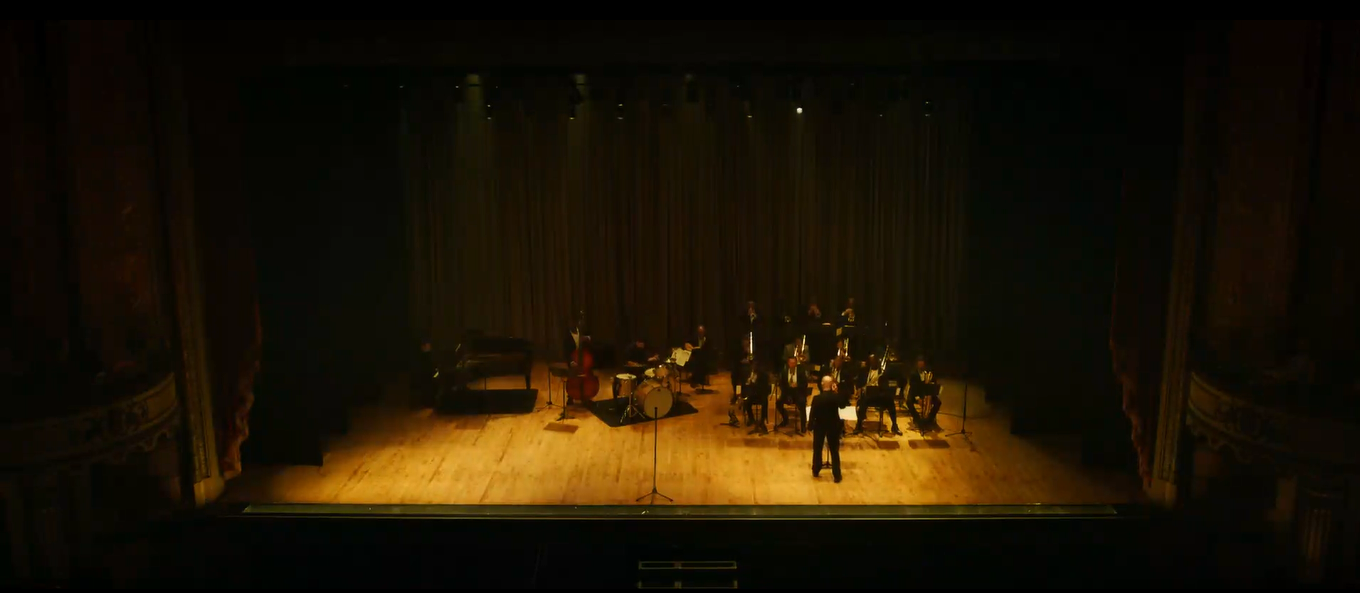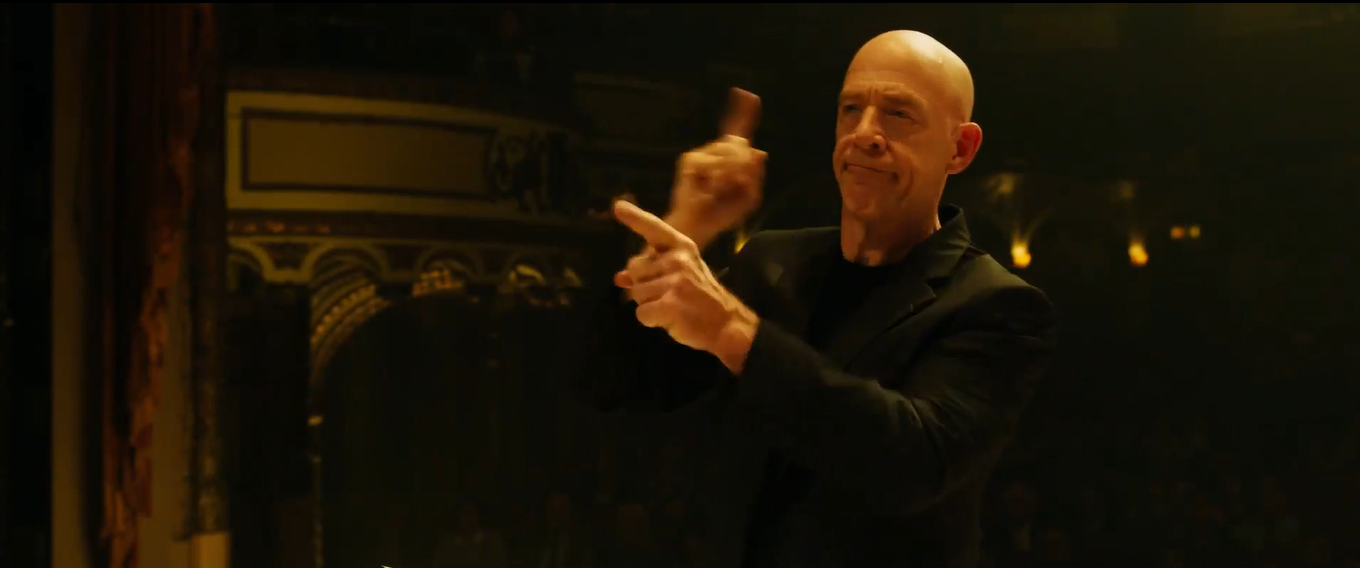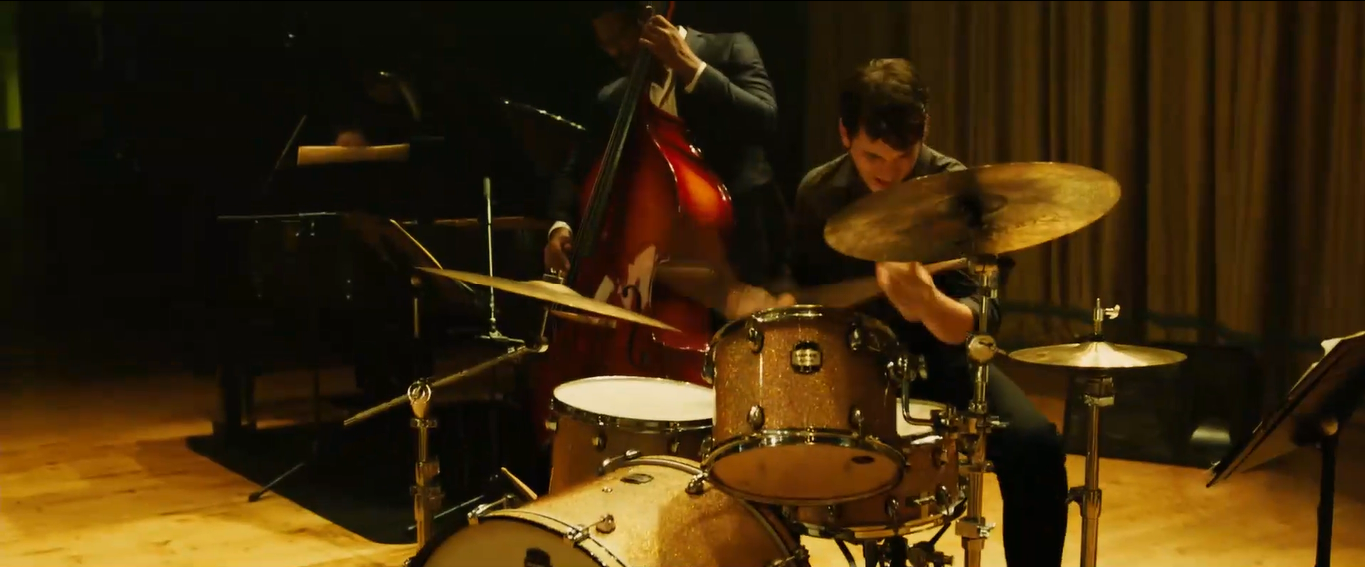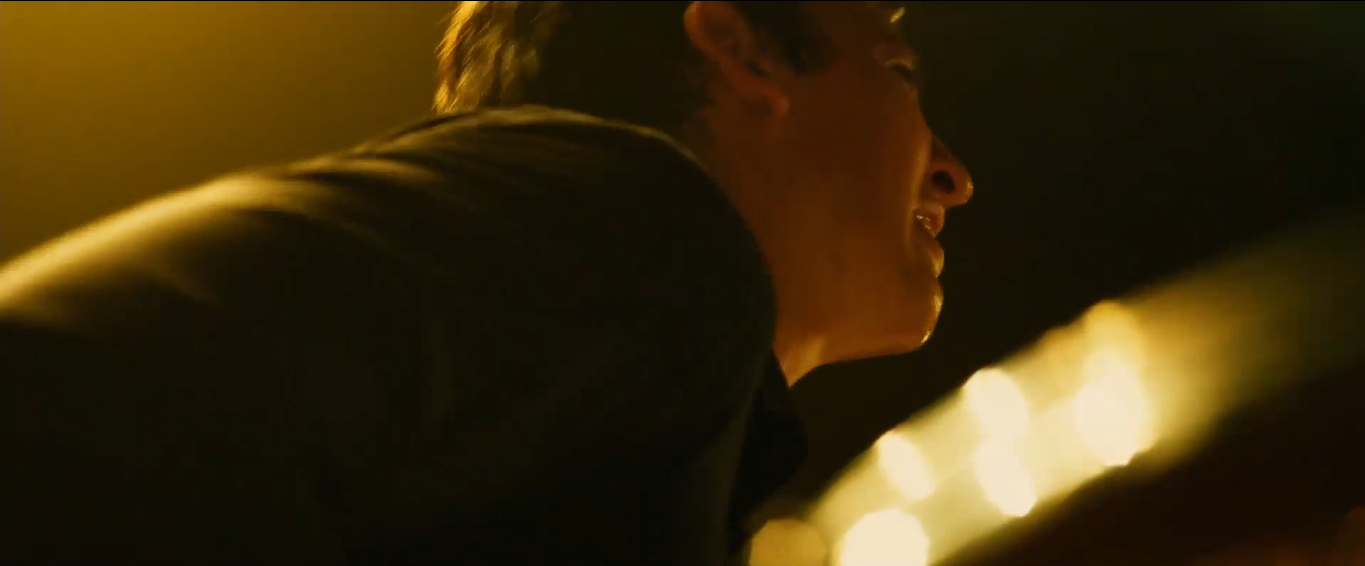“Dunkirk” (Christopher Nolan, 2017) is an intense, thrilling film about the extraction of British (and french) troops from the beaches of Dunkirk.
The film score composer – Hans Zimmer – used many different sounds, both diegetic and non-diegetic to help develop the story. The score is so well composed that the non-dietetic sound actually becomes a narrative device for the film and helps to draw the film round every corner to a final conclusion. In some ways the sound of the film is a better story-teller than the cinematography and is the main reason Dunkirk is highly appraised.
Firstly, Zimmer uses what is known as the “Shepard tone” In essence, the Shepard tone is when a few scales an octave apart are in a constant loop, from low to high pitch then instantly back to the beginning. On their own they sound like they are looping and not going any higher or lower, however when you combine them and have the lower scales increasing in VOLUME and the higher ones decreasing in volume it creates an effect that makes it seem like there is a constant ascension in tone. This auditory illusion produces a continuous sense of rising tension. This is utilised throughout the whole film and is actually a narrative device to develop the story and to alert the audience of danger that may be coming. It is applied in the film mostly when the British troops are about to be attacked. It grips the audience and helps guide them through the story so that there is a constant uninterrupted flow of tension.
Secondly, Zimmer uses the sound of a clock ticking to show that their time is constantly running out. The ticking helps develop the story as it shows that time is moving and that things are happening, it subconsciously alludes to the sense of time and pushes the audience along as the film continues. Additionally the ticking is used very explicitly when there are enemies approaching to be very obvious that time is of the essence and that there is serious danger in the future. For example, at the start we hear the ticking before we hear the enemy, as if Zimmer is explicitly revealing to the audience that the troops need to hurry up and get going because of approaching danger. It also foreshadows danger when the troops are on the beach and are running out of time to be evacuated before the enemies attack again.
Not only that but Zimmer also uses the sound of a heartbeat as a narrative device by personally relating with the audience. The audience links the heartbeat to life and as long has the heartbeat is heard the audience knows that the characters in the film are in danger – but alive – as long as the heartbeat is heard the audience has hope for the troops, they keep on watching to see the outcome of the situation. The heartbeat is excellent at snaring the audience in the trap of the film and subconsciously forcing them to watch the film develop as they want to see the outcome due to the personal connection the heartbeat has given them.


